Archives
- 2025-11
- 2025-10
- 2025-09
- 2025-03
- 2025-02
- 2025-01
- 2024-12
- 2024-11
- 2024-10
- 2024-09
- 2024-08
- 2024-07
- 2024-06
- 2024-05
- 2024-04
- 2024-03
- 2024-02
- 2024-01
- 2023-12
- 2023-11
- 2023-10
- 2023-09
- 2023-08
- 2023-06
- 2023-05
- 2023-04
- 2023-03
- 2023-02
- 2023-01
- 2022-12
- 2022-11
- 2022-10
- 2022-09
- 2022-08
- 2022-07
- 2022-06
- 2022-05
- 2022-04
- 2022-03
- 2022-02
- 2022-01
- 2021-12
- 2021-11
- 2021-10
- 2021-09
- 2021-08
- 2021-07
- 2021-06
- 2021-05
- 2021-04
- 2021-03
- 2021-02
- 2021-01
- 2020-12
- 2020-11
- 2020-10
- 2020-09
- 2020-08
- 2020-07
- 2020-06
- 2020-05
- 2020-04
- 2020-03
- 2020-02
- 2020-01
- 2019-12
- 2019-11
- 2019-10
- 2019-09
- 2019-08
- 2019-07
- 2019-06
- 2019-05
- 2019-04
- 2018-07
-
The sequence of our reconstructed Anc is
2024-01-25
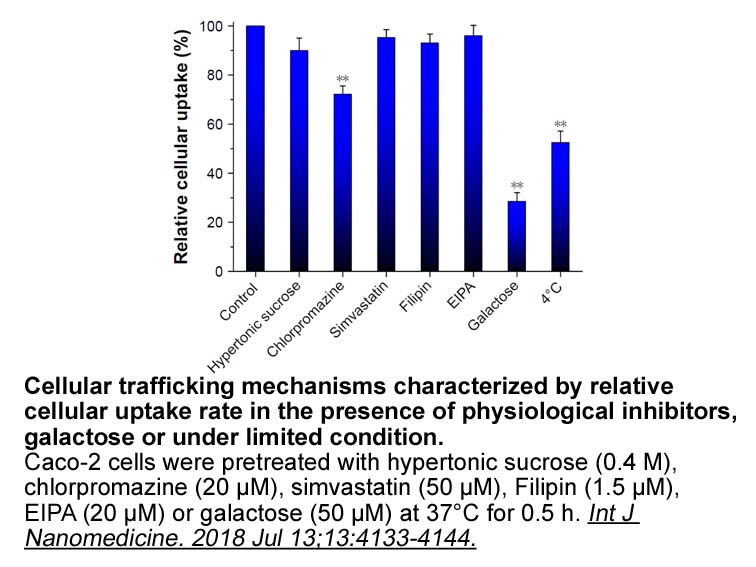
The sequence of our reconstructed βAnc is inferred based on probabilities, and the estimated probability of inferring the actual ancestral sequence is the product of the posterior probabilities for each site within the reconstructed sequence. Although the posterior probabilities (PP) for the majorit
-
Matrix metalloprotease inhibitors are increasingly available
2024-01-24
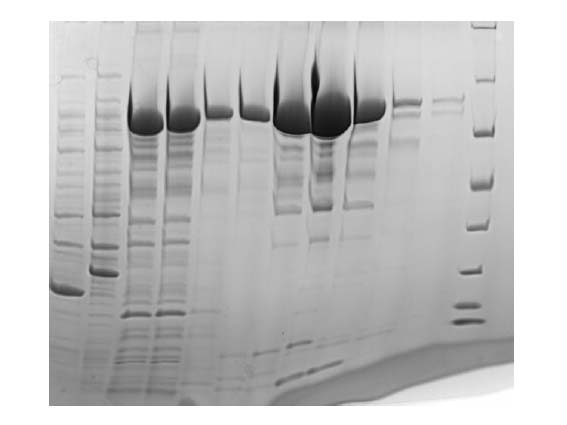
Matrix metalloprotease inhibitors are increasingly available and tested for other indications in clinical trials. The present study suggests that either ADAM10 or TACE inhibition alone will not maximally restore leukocyte Axl function. We found that lower doses of ADAM10/TACE inhibitors exhibit simi
-
br Conclusion br List of abbreviations br
2024-01-24
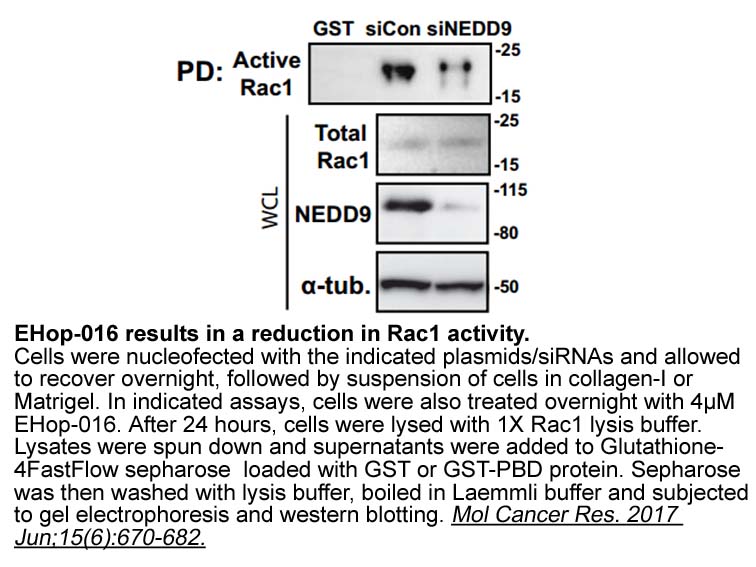
Conclusion List of abbreviations Acknowledgment The studies performed by our laboratory and presented in this review were supported by the Ministry of Education, Culture, Sports, Science and Technology of Japan, (KAKENHI 17590618 [to H.I.] and KAKENHI 22249017 [to Y.Y.]), and the Japanese S
-
Lower LDL C mediated by variants in
2024-01-24

Lower LDL-C mediated by variants in the ACL gene is causally associated with the risk of cardiovascular events. Because, genetic variants that mimic the effect of an ACL inhibitor have the same effect on the risk of cardiovascular events per unit change in LDL-C as variants that mimic the effect of
-
Human leukemic blasts from both AML and ALL patients demonst
2024-01-24
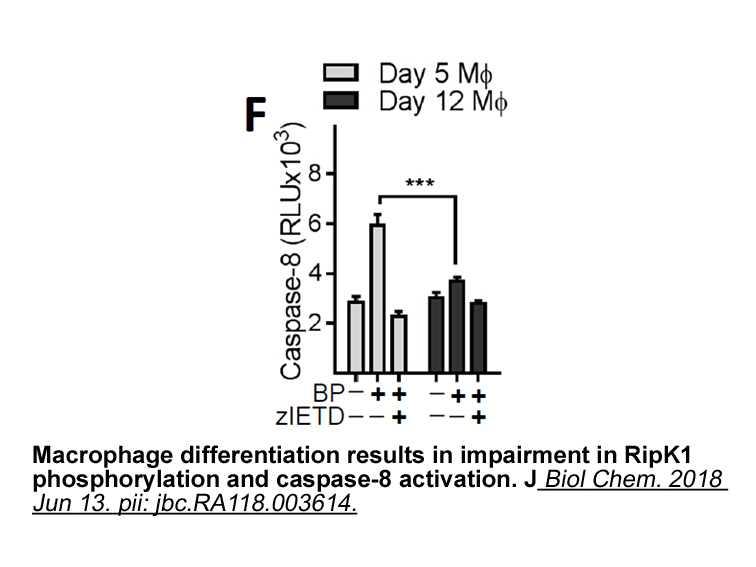
Human leukemic blasts from both AML and ALL patients demonstrated 5-, 12-, and 15-LOX expression [54]; however, using quantitative PCR, 5-LOX was much more prevalent than 15-LOX. When 15-HETE, 12-HETE, and LTB4 were tested for a direct effect on leukemic blasts, none induced apoptosis [54]. In contr
-
Songbirds are outstanding models in
2024-01-24
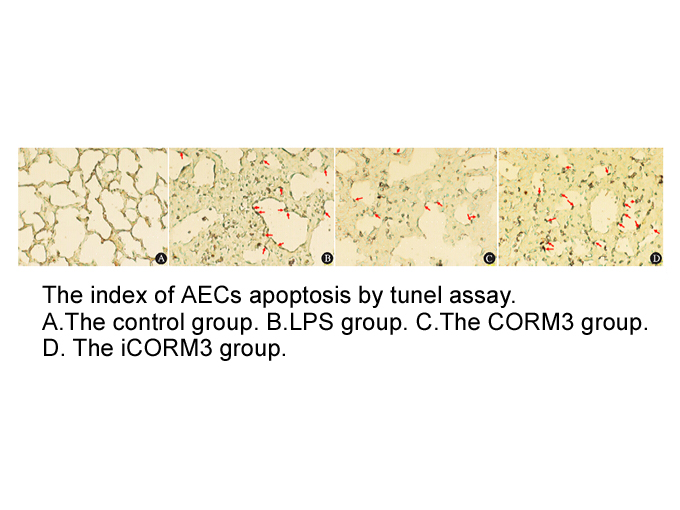
Songbirds are outstanding models in the study of vocal communication (Maney and Pinaud, 2011). Following the pioneering studies of William H. Thorpe and Peter Marler on the development of song in chaffinches (Fringilla coelebs) and white-crowned sparrows (Zonotrichia leucophrys) (Marler, 2004; Thorp
-
Furthermore we also found that the basic level of
2024-01-24
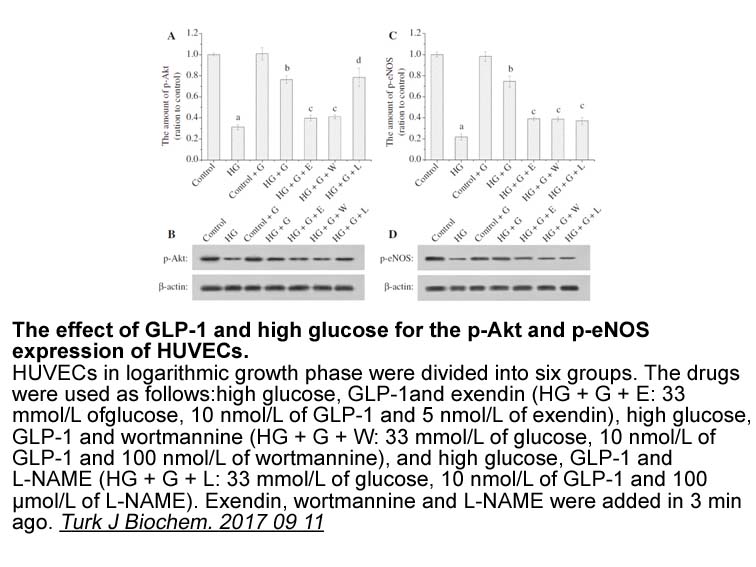
Furthermore, we also found that the basic level of ROS was markedly lower in mtDNA-reduced SW480 kanamycin sulfate than that in the parent cells. Endogenous ROS is most notably produced at the sites of complex I and complex III [5], it might be plausible that the decreased quantity of ROS observed
-
br Introduction Humans have consumed mushrooms for centuries
2024-01-24
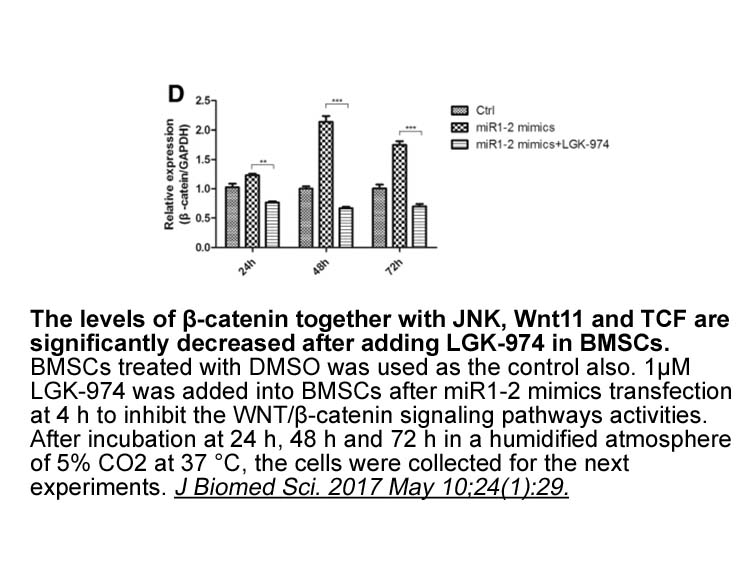
Introduction Humans have consumed mushrooms for centuries because of their high nutrient content and low lipid content, as well as their excellent flavor and texture [1]. Edible mushrooms possess notable medicinal properties and bioactivities, including antitumor, antiviral, antidiabetic, and ant
-
br Comparison to IWG In
2024-01-24
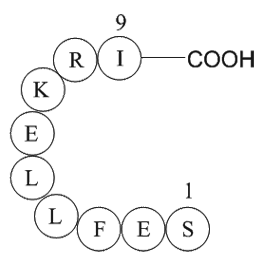
Comparison to IWG In addition to the NIA AA, the other group that has established diagnostic guidelines for AD that incorporate biomarkers is the IWG [64,74,75]. In the most recent formal IWG document, published in 2014 [75], the diagnosis of AD required the presence of cognitive symptoms plus an
-
br Potential and established risk factor for
2024-01-24
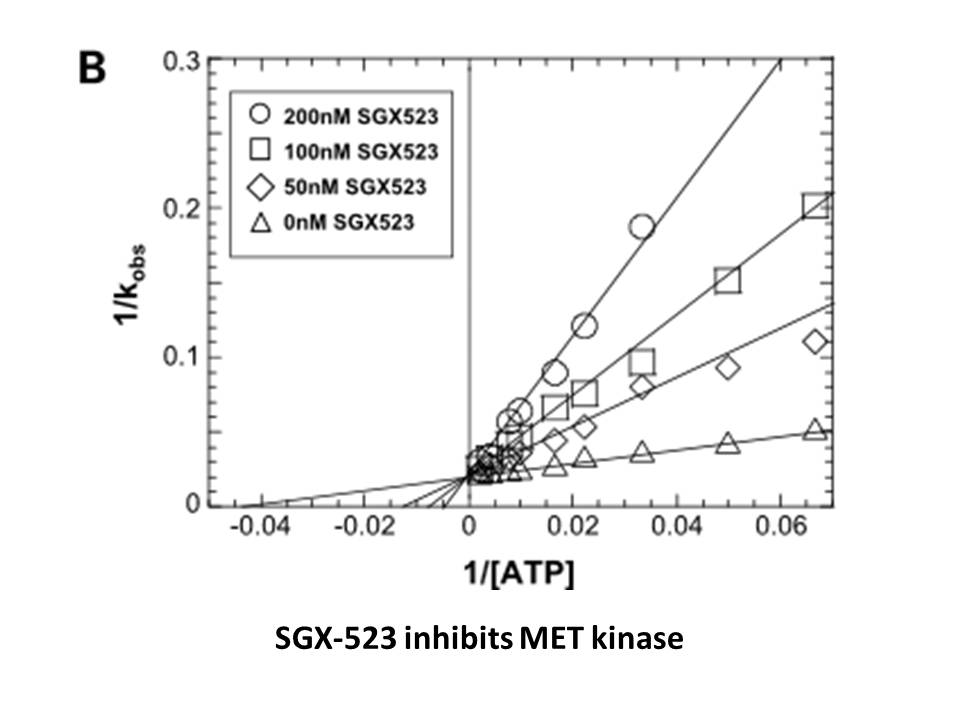
Potential and established risk factor for Alzheimer’s Disease The only way to overcome the above mentioned limitations is the identification of risk factors, which, taken together, can reliable predict the development of AD. Age and ApoE4 are established non-modifiable risk factors for AD. The ri
-
Several ceritinib resistant mutations following the second l
2024-01-24
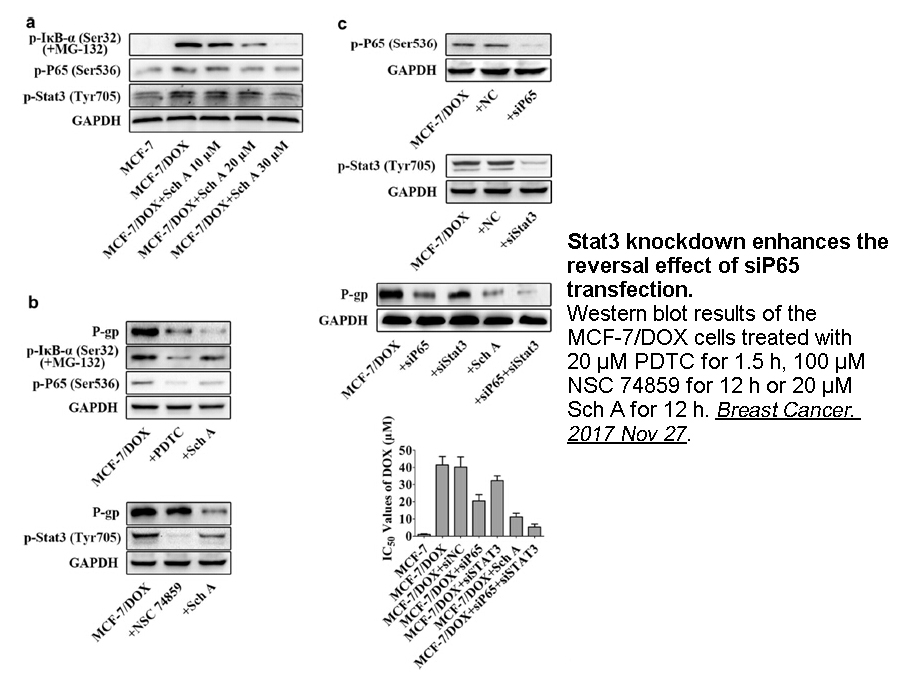
Several ceritinib-resistant mutations following the second-line treatment of ALK+-NSCLC have been discovered [64]. These mutations include C1156Y, F1174L, and L1152R, which were first observed in crizotinib-resistant tumor samples. The G1202R ceritinib-resistant mutation occurs within the hinge and
-
br Conflict of interest br Introduction Colorectal cancer
2024-01-24
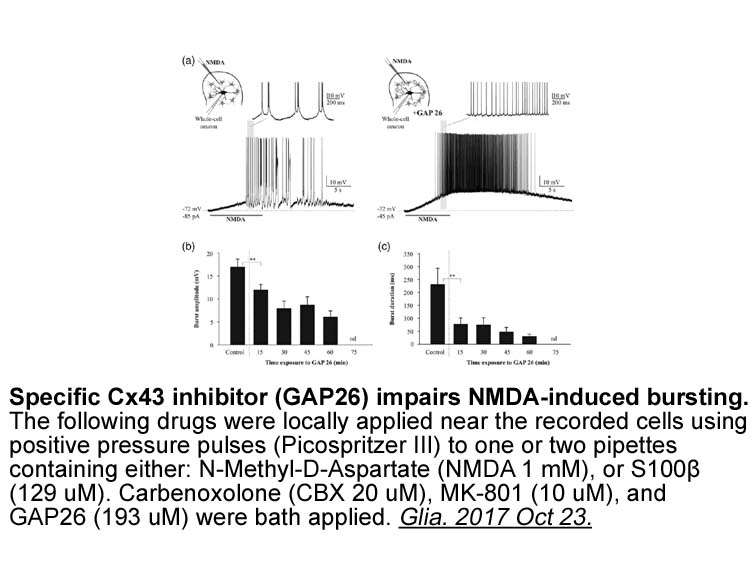
Conflict of interest Introduction Colorectal cancer (CRC) is one of the major cause of tumor-related morbidity and mortality worldwide. Poor prognosis and consequences of its metastatic spread make CRC the second most common cause of cancer-related deaths in western countries [1]. Apart from o
-
Scutellaria moniliorrhiza Komarov Labiatae is a perennial
2024-01-24
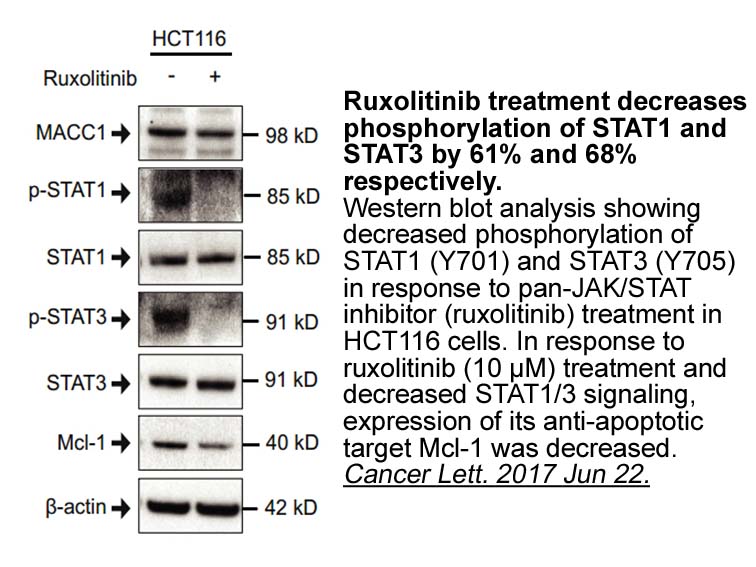
Scutellaria moniliorrhiza Komarov (Labiatae) is a perennial herb and mainly distributed in Jilin province, China. In traditional Chinese medicine, the whole plants have been used to clear away heat-evil, expel superficial evils, eliminate stasis and reduce edema (He et al., 2012). In previous phytoc
-
AMPK is a serine threonine protein kinase composed
2024-01-24
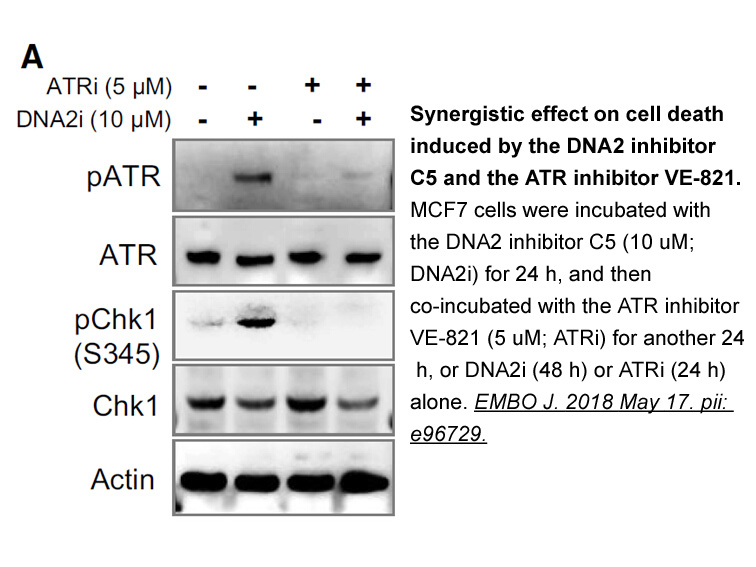
AMPK is a serine/threonine protein kinase composed of a catalytic α subunit with the activating phosphorylation site (Thr172) and two regulatory subunits, β and γ. The two AMPK variants, α1 and α2, show different cellular localization in mammalian cells. AMPKα2 is detected in nuclear and non-nuclear
-
B lymphocytes are found in blood lymph nodes spleen and
2024-01-23
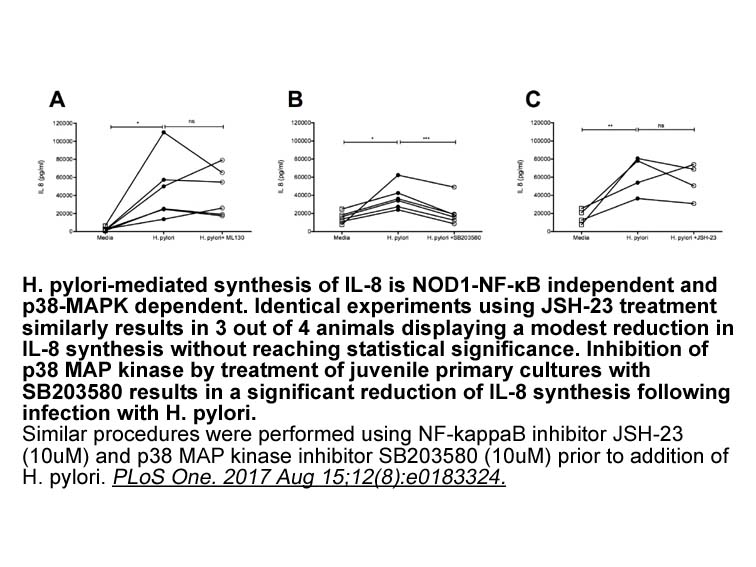
B lymphocytes are found in blood, lymph nodes, spleen and tonsil and other mucosal tissues [110]. These cells originate in the bone marrow from a common progenitor shared with T, NK, and some DC subsets [111]. Progenitor ipa chemical sale progress through the early stages of maturation, rearranging
15010 records 201/1001 page Previous Next First page 上5页 201202203204205 下5页 Last page